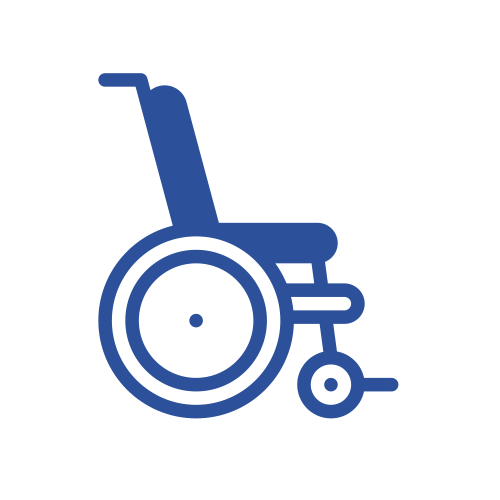Mobility scooters have become an indispensable tool for individuals with mobility impairments, enabling them to maintain independence and engagement with the community. However, the question of whether it's permissible to operate a mobility scooter on public roads often arises. The answer depends on the classification of the scooter and adherence to specific guidelines.
Classifying mobility scooters
Mobility scooters are categorised into two classes based on their speed and manoeuvrability:
- Class 2 scooters: These scooters have a maximum speed of 4 mph (6.4 km/h) and are intended for use on pedestrian areas such as pavements, shopping centres, and parks. They are not permitted on public roads.
- Class 3 scooters: With a maximum speed of 8 mph (12.9 km/h), class 3 scooters can be driven on public roads, including roads, dual carriageways, and motorways. However, they must adhere to certain restrictions.
Legality of class 3 scooters on public roads
Class 3 scooters are considered low-speed vehicles (LSVs) and are subject to the same rules as other LSVs, including:
- Registration: Class 3 scooters must be registered with the DVLA (Driver and Vehicle Licencing Agency) and display a registration plate.
- Mandatory insurance: Although not legally mandated in the UK, it's strongly recommended to have insurance for your Class 3 scooter to protect yourself from financial liability in case of an accident.
- Roadworthiness: Class 3 scooters must undergo annual safety checks to ensure they meet the required standards.
Driving class 3 scooters on public roads
When operating a Class 3 scooter on public roads, follow these guidelines:
- Speed limit: Maintain a maximum speed of 8 mph (12.9 km/h). Exceeding this limit can result in penalties.
- Lane usage: Use designated cycle lanes or the leftmost lane when possible. If overtaking, ensure you have enough space to do so safely.
- Lights and indicators: Equip your scooter with daytime running lights and indicators. Use them to indicate your intended manoeuvres.
- Mirrors: Have working mirrors to enhance your visibility and awareness of surrounding traffic.
- Pedestrian priority: Give way to pedestrians and cyclists at all times.
- Prohibited areas: Avoid driving on bus lanes, cycle-only lanes, and motorways.
Safety precautions for mobility scooter users
In addition to adhering to legal requirements, take these safety precautions when using a mobility scooter:
- Full awareness: Be fully attentive to your surroundings and maintain situational awareness.
- Clearance and space: Ensure adequate clearance between your scooter and obstacles, pedestrians, and other vehicles.
- Proper steering: Use smooth and controlled steering movements to avoid sudden changes in direction.
- Weather conditions: Adapt your speed and driving style according to weather conditions, especially in rain or slippery surfaces.
- Regular maintenance: Schedule regular maintenance checks for your scooter to ensure its optimal operation and safety.
In conclusion
Mobility scooters can be valuable tools for individuals with mobility impairments, providing independence and mobility. By understanding the legalities and safety guidelines surrounding the use of Class 3 scooters, both users and other road users can ensure safe and responsible driving practices. Remember, mobility scooters are not toys; they are vehicles that require careful consideration and adherence to the rules of the road.

 Bathroom Aids
Bathroom Aids Beds & Bed Aids
Beds & Bed Aids Car & Travel Aids
Car & Travel Aids Chairs & Seating Aids
Chairs & Seating Aids Cleaning & Hygiene
Cleaning & Hygiene Comfort & Dressing
Comfort & Dressing Continence Care
Continence Care Cushions & Supports
Cushions & Supports Daily Living Aids
Daily Living Aids Disabled Ramps
Disabled Ramps Footwear & Footcare
Footwear & Footcare Health & Medical Aids
Health & Medical Aids Medical Professionals
Medical Professionals Mobility Scooters
Mobility Scooters Paediatric Equipment
Paediatric Equipment Parts & Spares
Parts & Spares Patient Handling
Patient Handling Stair Lifts
Stair Lifts Therapy & Orthopaedics
Therapy & Orthopaedics Toileting Aids
Toileting Aids Walking Aids
Walking Aids Wheelchairs
Wheelchairs



